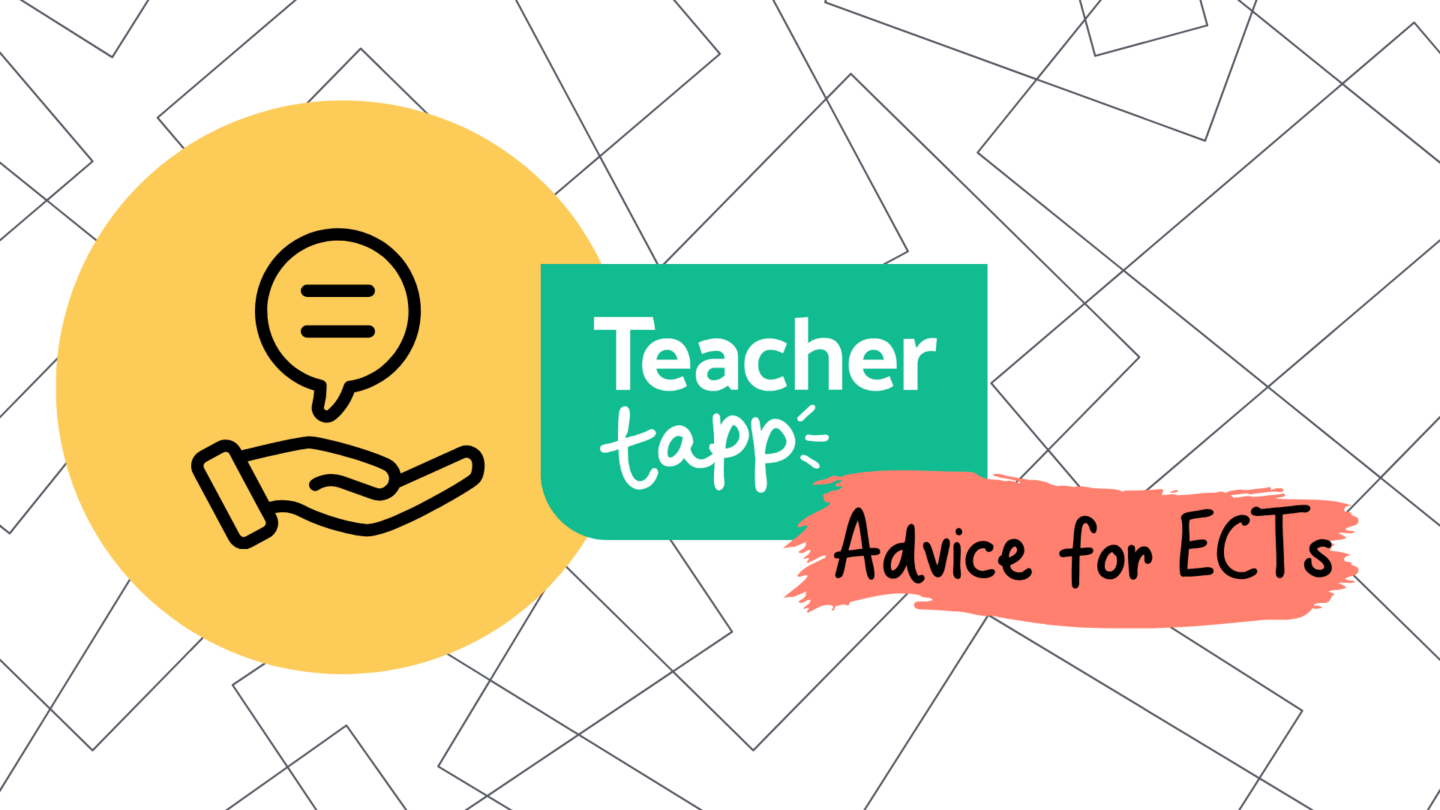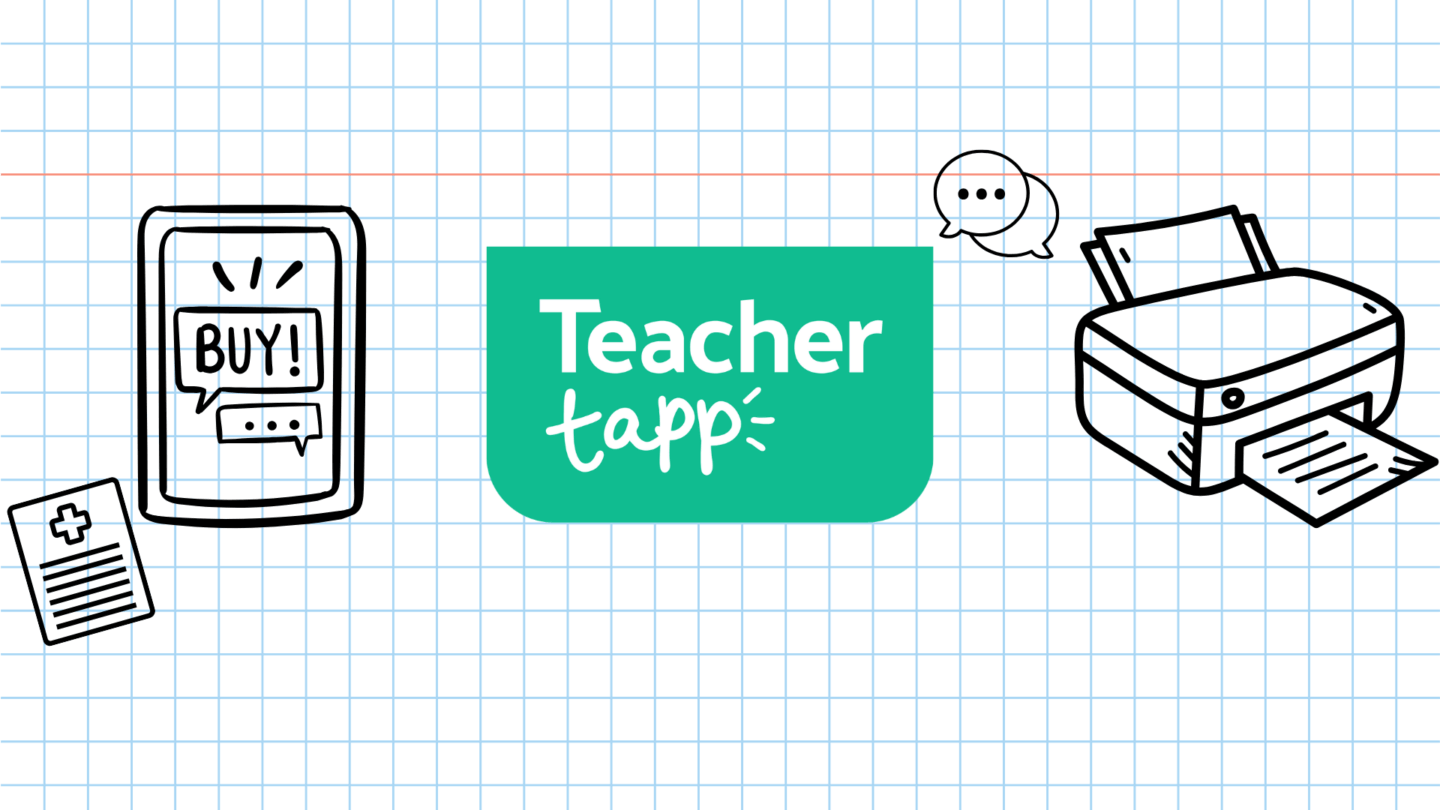While financial markets and political players have been in turmoil this past week, we hope that schools have been a safe haven from the crazy behaviour.
But when crazy (or just plain low-level) disruption happens in school, what do you do? Today’s blog investigates all things behaviour. So tuck your shirt in, please!
1. What behaviour makes you angry?
At the risk of raising your blood pressure, last week you told us which pupil behaviour makes you most angry.
Over 3,000 of you listed your gripes and the most common themes are listed below!

Beyond the words in the word cloud, some of you explained that behaviour doesn’t make you “angry.” Some of you preferred the term ‘disappointed’ or ‘frustrated’, while others explained that although students may think you are angry, you aren’t really! And others among you said that behaviour is “always communication, either a feeling or need” and therefore “deserves understanding and support.”
Nonetheless, some very specific things get on your nerves, including:
“students making stupid noises which you can’t pinpoint so you can’t easily sanction”
“the knowing grin that often accompanies a blatant denial and attempt to undermine either staff or the learning.”
“kids cutting glue sticks and flinging them at the wall or ceiling”, & perhaps most specifically
“(students) obviously crackling water bottles as they drink – drives me demented!”
A few responses could have done with a little more explanation, (e.g. “corridors,”) while others neatly summed up the problem in three words: “being a dickhead”. Mind you, that was the main beef many of you had about the education secretary too! 🤭
Finally, thank you to the Tapper who quoted Yoda in their response and gave the following advice:
Pupils don’t make me angry. “Anger leads to fear. Fear leads to hate. Hate leads to suffering.” Yoda
I have found that getting angry doesn’t help anyone, especially me. I prefer to appear angry with a pupil, but turn around and be calm to the rest of the class.”
2. Are you strict?
Most of you think you are pretty strict when it comes to behaviour management.
Over two-thirds put yourselves in the top half of our strictness-scale which runs from ‘level 1’ (very liberal) to ‘level 7’ (very strict).
EYFS/KS1 teachers top the scale, with 12% judging themselves as a ‘level 7’, and nearly half of KS2 teachers put themselves as a 6 or 7.
In secondary schools, maths and science teachers were the most likely to count themselves as more liberal – which is perhaps counter-intuitive to the stereotypes of silent-and-traditionalist maths classrooms.

But are your expectations about classroom behaviour the same as most other teachers at your school?
Around half of you report that your level of strictness is ‘mostly equal’ to your colleagues. When we compare responses to the two questions (how strict are you vs how strict you think others are) we see a pretty high level of self-awareness. Those who identified as a ‘level 7’ say they are ‘much stricter’ (red bars), and those who rate themselves 3 or lower say that they are more liberal than others (green bars).

How does this play out with your experience in the classroom? Do the most strict teachers experience the least pupil disruption? Yes, but not to the extent you might think!
Whilst those who rated themselves a ‘level 7’ report the least disruption (green bars), they are also the ones who reported the most time lost (red bars).

Your strictness also relates to how you feel about sanctioning pupils. The ‘liberal’ teachers were more likely to feel guilty about sanctioning a pupil (red bars) than their stricter colleagues who were more likely to rarely or never feel guilty (blue bars).

Is it inevitable that teachers have to tolerate some low-level disruptions in the classroom? ‘Level 7s’ as you might expect disagree most strongly with this idea (red bars), whilst those who said they are more liberal about behaviour are more inclined to agree that some disruption is inevitable (green bars).

3. Free Breakfast
Last week at the Labour Party conference, there weren’t many specific education policies, but of the biggest was: free breakfast clubs for all primary pupils.
Don’t lots of schools already provide breakfast, though? Yes! Around 70% of you are in schools that already offer breakfast to students before school (albeit not necessarily for free).
HOWEVER the Labour suggestion is to only fund the clubs for primary pupils… why might that be?
At present, secondary schools are leading the way in FREE breakfasts – with a quarter of secondary teachers saying any student who attends can eat for free. In primary that figure is halved to just 13%, even though the overall number of schools offering the clubs is about the same. A subsidy to primary breakfasts is therefore likely to help with costs.

But does the policy really need to be expanded? At the moment, free breakfasts are already most commonly available in the most deprived areas – with over HALF of secondary schools and a QUARTER of primaries offering them.
Still, it means that only 1 in 4 primaries even in the poorest areas are offering a free breakfast. Labour are therefore not wrong that there is more that could be usefully done. But it also means there’s only a 50:50 chance that a secondary in a poor area will offer a free breakfast.

All of which leaves us with more questions. Which pupils are currently paying? And how many are attending? And should this be a policy that stretches beyond primary schools? Let us know what you think via the usual channels.
4. Assemblies
Finally, here’s a question for you: How long is the average assembly?
Co-Founder Laura is often asked for advice by education organisations who have made lesson plans on their favoured topics and want teachers to start using them. Her advice is usually, “Don’t make lesson plans for teachers as they already have a fairly stuffed curriculum without your lessons on bird-watching/first aid/pollution etc – but they do need resources for assemblies!”
After hearing the advice, one science organisation said, “Cool! But, how long is a usual assembly?”
We didn’t know before, but for most of you the answer is ’20 minutes (or less)’
Twenty minutes was the most common response in every school type, with 15 minutes also very popular among state primary and secondary schools.
Private schoolers were keen on going for longer, with 7% of private secondary schools going for more than 30 minutes!
In any case, if you are making an assembly resource for teachers, best to go with 15 minutes as a maximum time for the presentation – all school leaders know how to improvise for the extra time!

Finally… we know you love the daily read, so here are the ones from last week
The tip read by most secondary teachers in the past week was: How friendship boosts grades and amongst primary teachers, the top tip was Moving away from monitoring and scrutiny.
And here’s the rest for your reference:
- Scaffolding with more than just a worksheet
- The Bike Commute – is it worth it?
- Developing skilled readers
- School is messy – mistakes happen!
- New rules on part-time pay!





